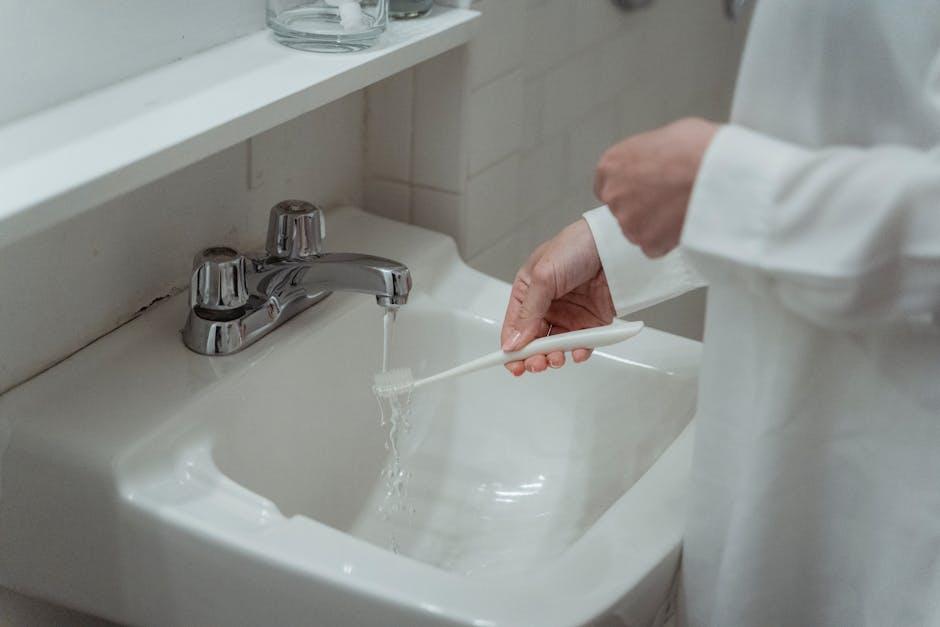
Two Cities Stopped Water Fluoridation: Kids’ Teeth Suffered – Science News Explores
Water fluoridation has long been hailed as a simple, effective public health measure to protect children’s teeth from decay. However, recent events in two U.S. cities that decided to stop fluoridating their water supplies reveal a concerning consequence: a noticeable decline in pediatric dental health. In this article, we dive into the science behind water fluoridation, explore the real-world case studies, and offer practical tips for parents to safeguard their children’s oral health.
What Is Water Fluoridation and Why Does It Matter?
Water fluoridation is the controlled addition of fluoride to public water supplies to reduce tooth decay. Since its introduction in the mid-20th century, fluoridated water has dramatically lowered instances of cavities in both children and adults, making it one of the most successful public health interventions.
The Science Behind Fluoride and Dental Health
Fluoride helps remineralize enamel—the hard outer layer of teeth—making it more resistant to acid attacks from plaque bacteria and sugars in the mouth. It also inhibits the growth of harmful oral bacteria responsible for cavities. The Centers for Disease Control and Prevention (CDC) endorses water fluoridation as safe and effective, citing it as one of the top public health achievements of the 20th century.
Case Studies: The Impact of Stopping Water Fluoridation in Two Cities
Recent studies focused on two mid-sized cities that chose to halt water fluoridation programs in the past decade. Following this decision, researchers tracked dental health trends among children, uncovering striking patterns.
| City | Year Fluoridation Stopped | Increase in Decayed Teeth (%) | Age Group Affected |
|---|---|---|---|
| City A | 2014 | 35% | 5-12 years |
| City B | 2016 | 28% | 6-14 years |
Key findings:
- A sharp increase in the number of children with dental cavities was recorded within 2-3 years after fluoridation ended.
- Oral health disparities widened, disproportionately affecting children from lower-income families.
- Local dental clinics reported higher treatment needs and increased emergency visits related to tooth decay.
Why Did These Cities Stop Fluoridation?
The decision to stop fluoridation was influenced by several factors:
- Public concerns: Some residents expressed fears about potential health risks of fluoride, despite decades of scientific evidence to the contrary.
- Political pressure: Pressure from advocacy groups opposing fluoridation led to city council votes to discontinue the practice.
- Cost considerations: Budget restructuring efforts led officials to question the value of fluoridation programs.
Benefits of Water Fluoridation: Science-Backed Advantages
To understand the impact fully, here’s a recap of water fluoridation benefits grounded in scientific evidence:
- Reduces cavities: Fluoride reduces tooth decay occurrence by 20-40% in children and adults.
- Cost-effective: Every $1 spent on fluoridation saves approximately $38 in dental treatment costs.
- Inclusive protection: Benefits all community members regardless of age, income, or education.
- Continuously active: Unlike fluoride toothpaste, water fluoridation protects teeth 24/7.
Practical Tips for Parents to Protect Kids’ Teeth Without Fluoridated Water
If your city’s water supply is not fluoridated or you choose to avoid tap water, consider these tips to maintain healthy teeth for children:
- Use fluoride toothpaste: Apply a pea-sized amount for children over age 2, supervised to prevent swallowing.
- Regular dental checkups: Schedule visits every six months to detect and address early tooth decay.
- Limit sugary snacks and drinks: Reduce consumption of sugar-sweetened beverages and treat frequency to minimize cavity risk.
- Consider fluoride supplements: Under dental guidance, fluoride drops or tablets may be recommended.
- Encourage proper brushing techniques: Teach children to brush twice daily for at least two minutes.
Firsthand Experience: Parents and Dentists Weigh In
Jessica, a mother from City A, shared her concerns:
“Since the water stopped being fluoridated, my son has had three fillings in just two years. We try to brush regularly, but it’s been tough.”
Dentist Dr. Henry Lopez noted:
“We’re seeing more advanced cavities in younger patients, which is heartbreaking because many of these could have been prevented with fluoride exposure.”
Looking Ahead: The Future of Fluoridation in Public Health
The experiences of these two cities serve as cautionary tales illustrating the vital role fluoridated water plays in children’s dental health. As more debate surrounds the topic, it’s important for communities to base their decisions on rigorous scientific evidence and public health expertise.
Advocates recommend:
- Increased public education about fluoride’s benefits and safety.
- Continued scientific monitoring to address community concerns.
- Policies ensuring equitable access to fluoride dental products and preventive care.
Summary Table: Water Fluoridation vs. No Fluoridation
| Aspect | Fluoridated Water | No Fluoridation |
|---|---|---|
| Dental Caries Rate | Lower (20-40% reduction) | Higher, increased decay in children |
| Cost to Community | Low; saves on treatment costs | Higher dental treatment expenses |
| Population Coverage | Universal protection | Unequal; depends on individual habits |
| Health Risks | Minimal, proven safe at recommended levels | N/A |
Conclusion
Stopping water fluoridation in the two cities has led to a significant rise in tooth decay among children, shining a light on the crucial benefits of fluoridated water. Maintaining optimal dental health requires community-wide efforts and informed decisions backed by science. Parents can support their kids’ oral health through proper hygiene, diet, and professional dental care — especially when fluoride access is limited.
By understanding the science and real-world outcomes, communities can better appreciate why water fluoridation remains a cornerstone of preventive oral health for children everywhere.


